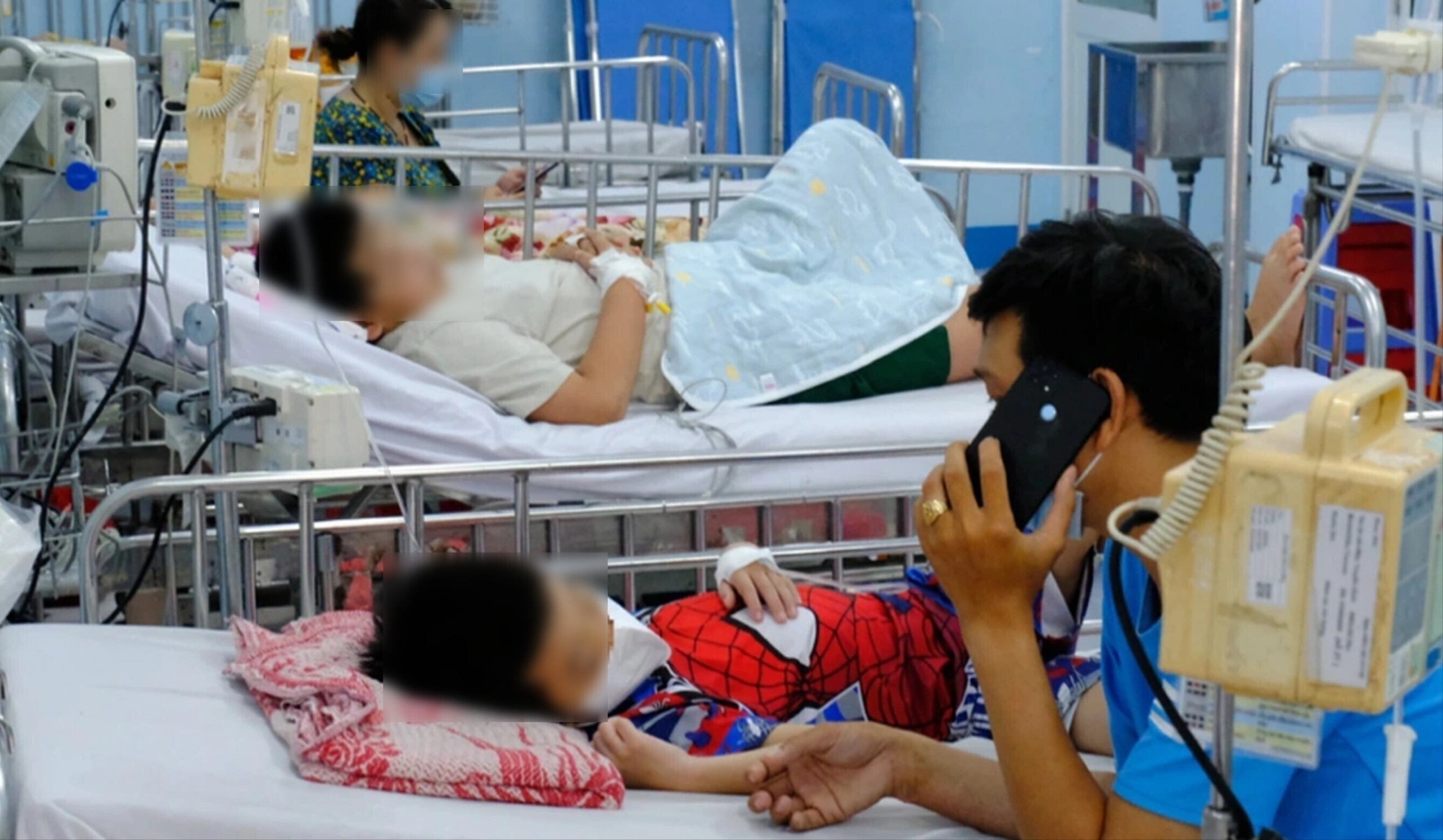
On July 21, the Ministry of Health sent an official dispatch to units requesting that medical examination and treatment be ensured during and after storm No. 3. According to forecasts, storm No. 3 is having complex and unpredictable developments with a wide range of influence, causing heavy rain in many localities.
In order to proactively and effectively respond, ensure that medical examination and treatment are not interrupted, and organize timely and safe treatment for patients, the Department of Medical Examination and Treatment Management requests the Department of Health of provinces and cities in the Northern and Central regions to arrange for department leaders to be on duty 24/7; direct and be responsible for supervising and inspecting affiliated hospitals to be ready to respond to emergency situations before, during and after the storm.
At the same time, announce the command hotline number to the units and ensure 24/7 communication to promptly direct subordinate units to be ready to participate in rescue when mobilized; receive and process emergency information promptly.
Implement disaster response plans at the unit; ensure human resources, medicines, chemicals, medical equipment, and emergency vehicles to be ready to support when required. Prepare plans to coordinate with central hospitals in case of need for support, ensuring timeliness and effectiveness.
The Ministry also requires hospitals, institutes with beds under the Ministry of Health, provincial and municipal general hospitals: Prepare human resources, ambulances, equipment, drugs, and consumables for at least 2 mobile emergency teams (note the number of facilities serving trauma emergencies); the mobile emergency team has a Decision assigning specific tasks with a contact list, on duty 24/7, ready to respond to provinces affected by the storm when ordered to mobilize.
Hospitals in areas predicted to be affected by the storm should take note of plans to proactively evacuate patients, medical equipment, and medications to solid areas that can withstand the impact of the storm; move seriously ill patients, ventilators, and other emergency resuscitation equipment to higher floors to avoid flooding; apply measures to secure and secure medical equipment, doors, windows, etc. to avoid being displaced by storm winds, causing casualties and secondary damage.
Prepare backup generators and enough fuel to maintain power supply for emergency and treatment.
Have plans, medicine, equipment, emergency vehicles and human resources available to set up field emergency stations in high-altitude areas to avoid flooding when necessary. Mobilize all hospital personnel to participate in providing emergency support for mass casualties at the hospital and outside the hospital...
According to the weather forecast, due to the impact of storm No. 3, from the evening and night of July 21, coastal areas from Quang Ninh to Nghe An will have winds gradually increasing to level 7-9, areas near the storm center will have winds of level 10-11, gusting to level 14; inland areas of the provinces/cities of Hai Phong , Hung Yen, Ninh Binh and Thanh Hoa, winds of level 6, gusting to level 7-8. Winds of level 10-11 can cause trees, electric poles, and roofs to fall, causing very serious damage. The level of impact according to wind level is detailed in Appendix 1.
From July 21 to July 23, in the Northeast region, the Northern Delta, Thanh Hoa and Nghe An, there will be heavy to very heavy rain and thunderstorms with common rainfall of 200-350mm, locally over 600mm; other places in the Northern region and Ha Tinh will have moderate rain, heavy rain, locally very heavy rain and thunderstorms with common rainfall of 100-200mm, locally over 300mm. Warning of the risk of heavy rain (>150mm/3h). Heavy rain in a short period of time can cause flash floods, landslides in mountainous areas, and flooding in low-lying areas.
Source: https://baolaocai.vn/cac-co-so-y-te-truc-2424h-trong-con-bao-so-3-wipha-post649380.html


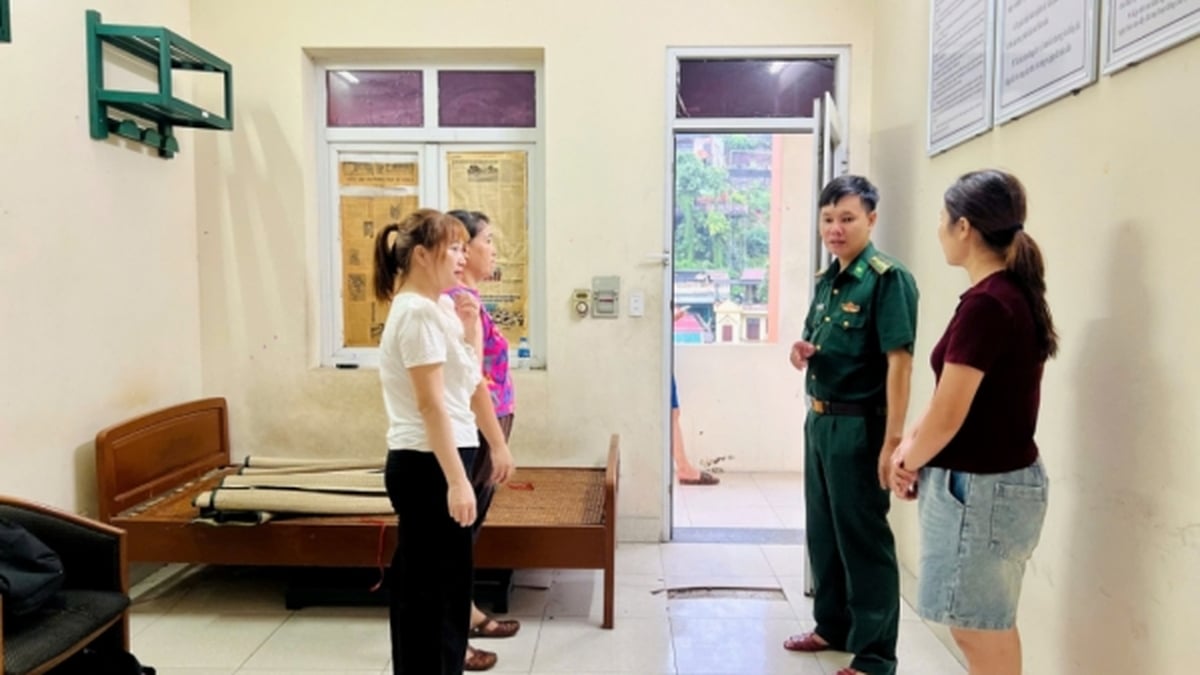


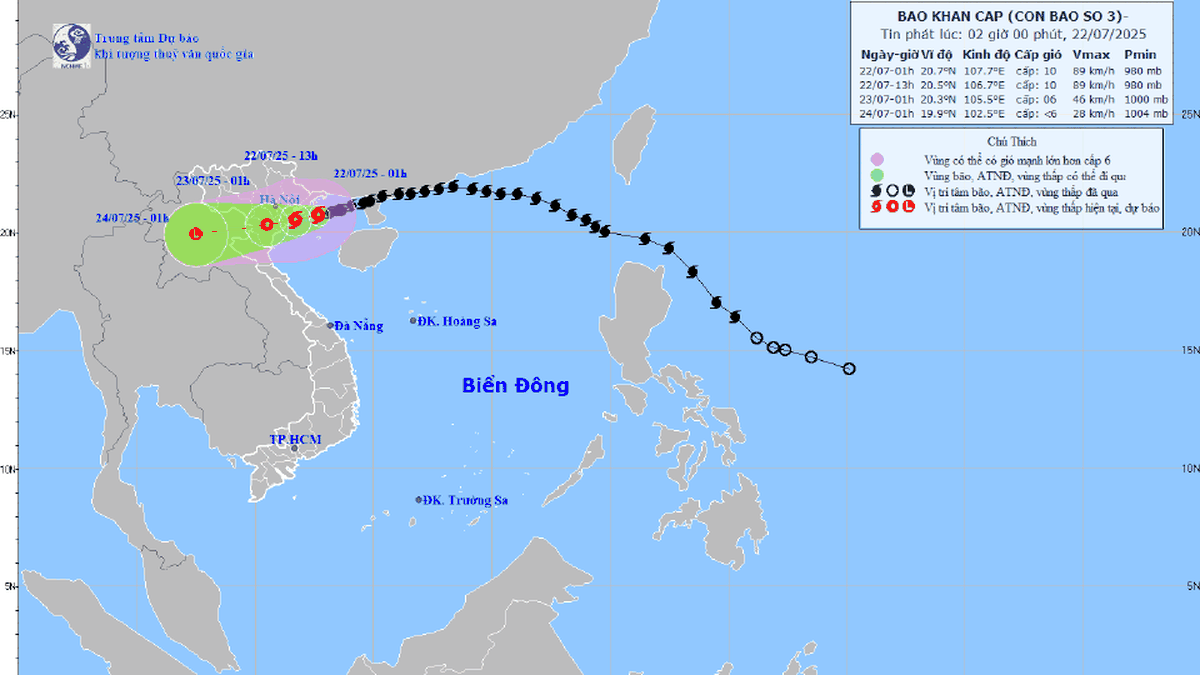



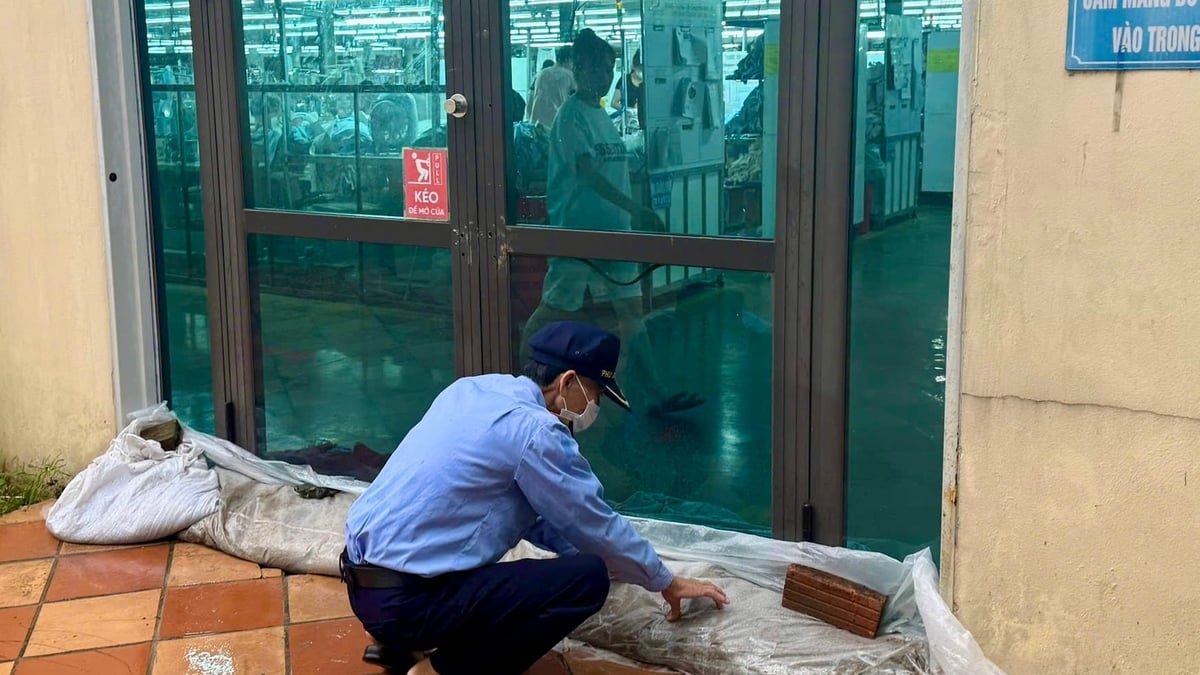
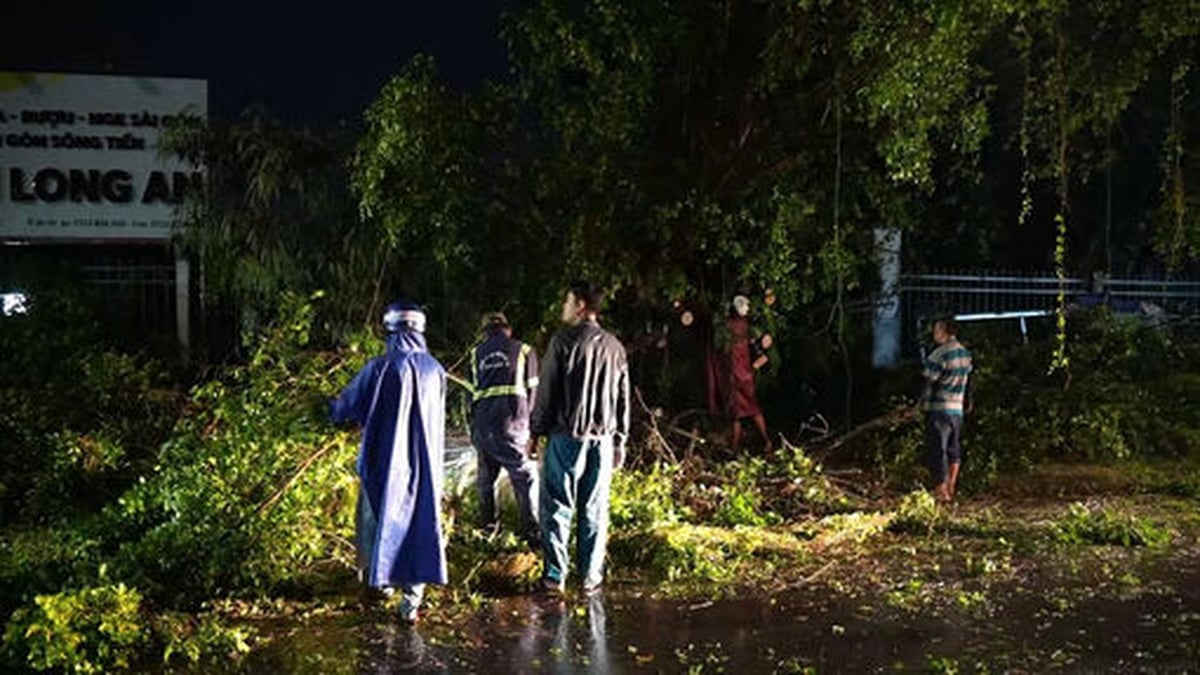




















![[Photo] National Assembly Chairman Tran Thanh Man visits Vietnamese Heroic Mother Ta Thi Tran](https://vphoto.vietnam.vn/thumb/1200x675/vietnam/resource/IMAGE/2025/7/20/765c0bd057dd44ad83ab89fe0255b783)





































































Comment (0)